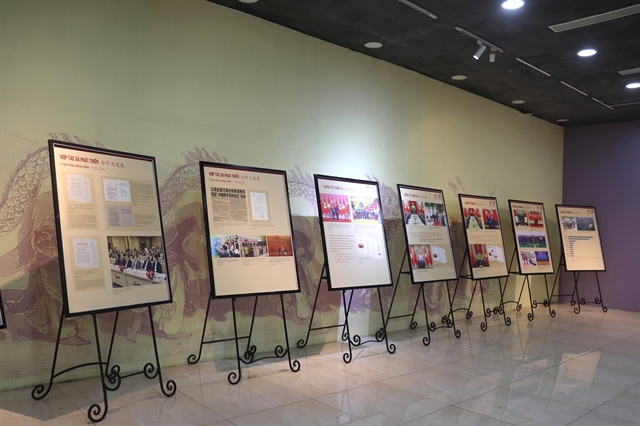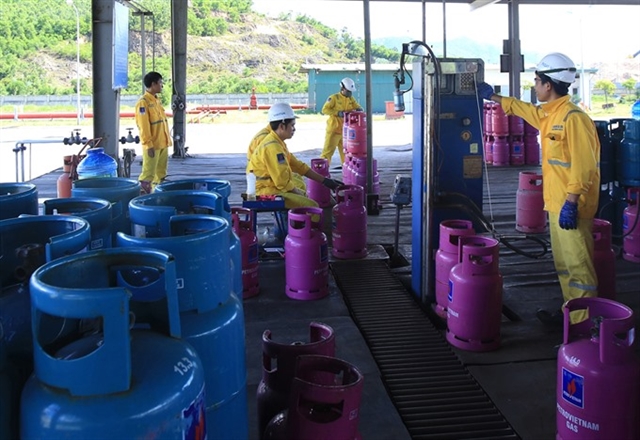 Economy
Economy


|
| Workers pump gas into shells at the Northern Central Gas Store in Vũng Áng Industrial Zone, Hà Tĩnh Province. — VNA/VNS Photo Hoàng Hùng |
HÀ NỘI — Data from the Ministry of Industry and Trade shows Việt Nam will sharply increase imports of coal, gas and primitive energies to meet development needs from now to 2030.
The latest data from the ministry sent to the National Assembly shows that Việt Nam is transitioning from an energy exporter to a net importer.
Notably, the import scale of coal and gas of the country is also growing along with increased spending to invest and buy fuel to serve the country's development.
The amount of imported coal increased sharply due to difficulties in domestic coal exploitation, especially the development of new mines, so coal output produced domestically was not enough to fuel thermal power plants.
Việt Nam National Coal – Mineral Industries Holding Corporation Limited (Vinacomin) and Đông Bắc Corporation under the Ministry of Defence have had to import coal and mix for electricity production since 2018.
Calculations of the Ministry of Industry and Trade show that the gas output exploited ashore for household consumption maintains at 8.5 - 10.2 billion cubic metre (m3) of gas per year in 2010-2019.
Due to the decline of gas fields in the southeast since 2022, the gas output of the region will decline rapidly from 11 billion m3 in 2022 to nearly 3 billion m3 in 2030.
This means Việt Nam will have to import liquefied natural gas (LNG) for electricity generation. The amount of imported LNG is estimated at more than 10 million tonnes per year by 2030.
Vinacomin’s recent reports said the annual mining of 50-56 million tonnes of coal must be guaranteed, but mining costs were increasing due to the need to dig deeper.
The corporation could only exploit up to 45 million tonnes each year. The rest must be imported to ensure supply for electricity development, consumption and production.
Trần Xuân Hòa, Chairman of the Việt Nam Mining Science and Technology Association, said that to exploit coal, miners needed to dig deeper, causing coal prices to rise, so it would be difficult to compete with imported coal in the future.
The increase in coal and gas imports would put great pressure on the economy as the proportion of energy imports was increasing, he said.
A representative of the Oil, Gas and Coal Department under the Ministry of Industry and Trade said the country's energy import trend would continue to increase in the long term and energy import dependency ratio would be around 33 – 37 per cent by 2025 and up to 50 – 58 per cent by 2035. — VNS




